Charger Xtar SP2
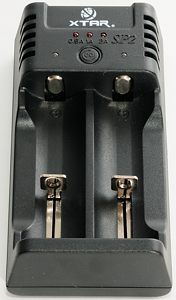
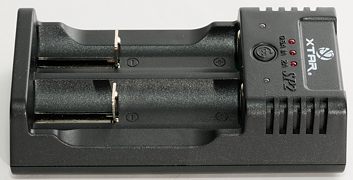
Xtar has for some time made good chargers, this is their latest model. This model has selectable charge current, making it fast and safe to handle many different LiIon battery sizes.
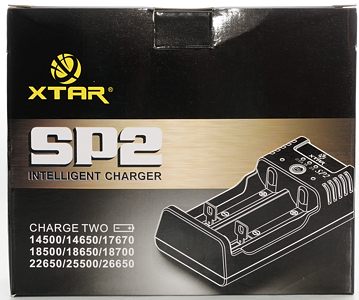

It comes in a cardboard box that list the battery sizes that it is designed for.
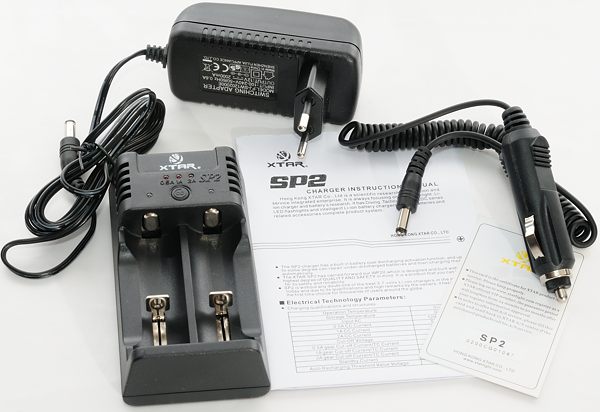
The box contains the charger, a universal voltage (100-240V 50/60Hz) mains power supply, a car power adapter and a instruction manual.
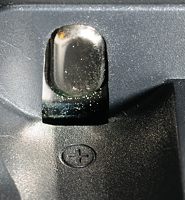
The plus connection is slightly raised, this means that the charger can be used with flat top batteries.

The minus connection is a slider, making it possible to charge different size batteries without using a spacer. This slider is using a metal rail and works very smooth.
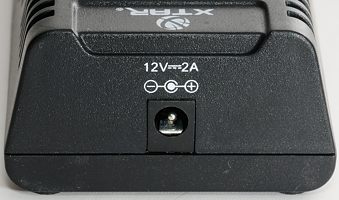
The connections for the power adapter is clearly marked.
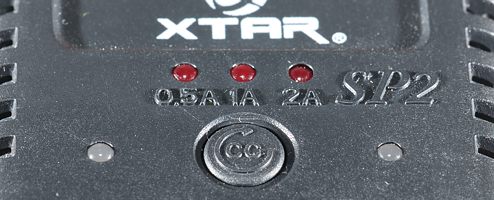
The charger has one button that is used to select charge current. It always starts at 0.5A, a short press will move to 1A, next press to 2A, a third press will start over at 0.5A. This button can be used with or without a battery in the charge and will always affect both channels.
There is also a led for each charge channel. These leds are red when charging and green at other times, including fault conditions.


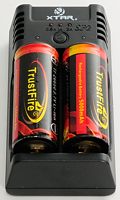
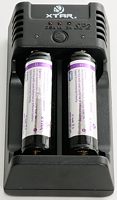
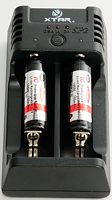
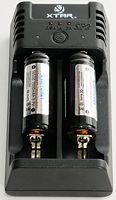
The charger can handle 70 mm long batteries including flat top cells. In addition to the batteries specified on the box the charger can also be used for shorter batteries, if a spacer is used.
Measurements
Below 1.3 volt the charger charges with 0.7mA, this is enough to reset a protection (led is green).
Between 1.3 and 2.8 volt the charger charges with 60 to 75 mA in 0.5A range (0.1A in 1A and 0.2A in 2A range) (led is red).
Above 2.8 volt the charger is applying regular charge current (See curve below).
Especially at the 0.5A current setting the termination voltage is slightly high (nearly 4.23 volt on #2 channel), this is within allowable limits.
When the charge current goes below the termination current the charging is stopped and it will charges with < 250 uA.
The charger will restart charging when the cell drops to 3.9 volt.
The charge will always restart charging when a battery is put into it or after a power loss.
When charger is disconnected from power, but with a battery in, it will draw up to 3.7 mA from the battery (The two channels does not draw the same amount of current).
Two batteries in the charger will not change the charge current, i.e. the channels are truly independent.
Because each channel is independent, the different voltages and currents vary between the channels with a small amount.
.png)
.png)
.png)
The charger uses CC/CV charging and the termination current changes with charge current. In the above curves the termination current is 100mA for 0.5A charge current, 130mA for 1A charge current and 180mA for 2A charge current. This is good values, but lower values would have been slightly better (i.e. 5% to 10% of charge current).
Due to some resistance in the charger (About 0.08 ohm, calculated from the charge curve), the CV (constant voltage) part of the curve is not completely flat and the termination voltage changes slightly with charge current.
%20%232.png)
%20%232.png)
%20%232.png)
The second channel looks very much like the first channel.
.png)
First channel, but also charging on second channel. The curve looks about the same as above.
.png)
This charge curve is with an old battery and due to the high charge current the charger goes into CV charge nearly immediately.
.png)
A test with a larger battery.

The charger is supposed to use soft startup and a check shows this to be correct.

Changing current while charging will trigger the same soft startup again. Here I press the button at 1s and 5s.
Conclusion
The charger uses CC/CV charging and soft charges nearly empty batteries, this is a very good. The possibility to select different charge current, makes the charger suitable for a wide range of battery sizes and still have a fast charge speed.
The two charge/error indicator lights could be better, I would have like a flashing error indication, instead of just a green, that does also mean "battery charged and ready".
I like this charger, it will charge most common LiIon battery sizes and not use too many hours for it. It is the best Xtar charger I have tested until now.
Notes
The charger was supplied by XTAR for a review.
Here is an explanation on how I did the above charge curves: How do I test a charger















.png)
.png)
.png)
%20%232.png)
%20%232.png)
%20%232.png)
.png)
.png)
.png)

